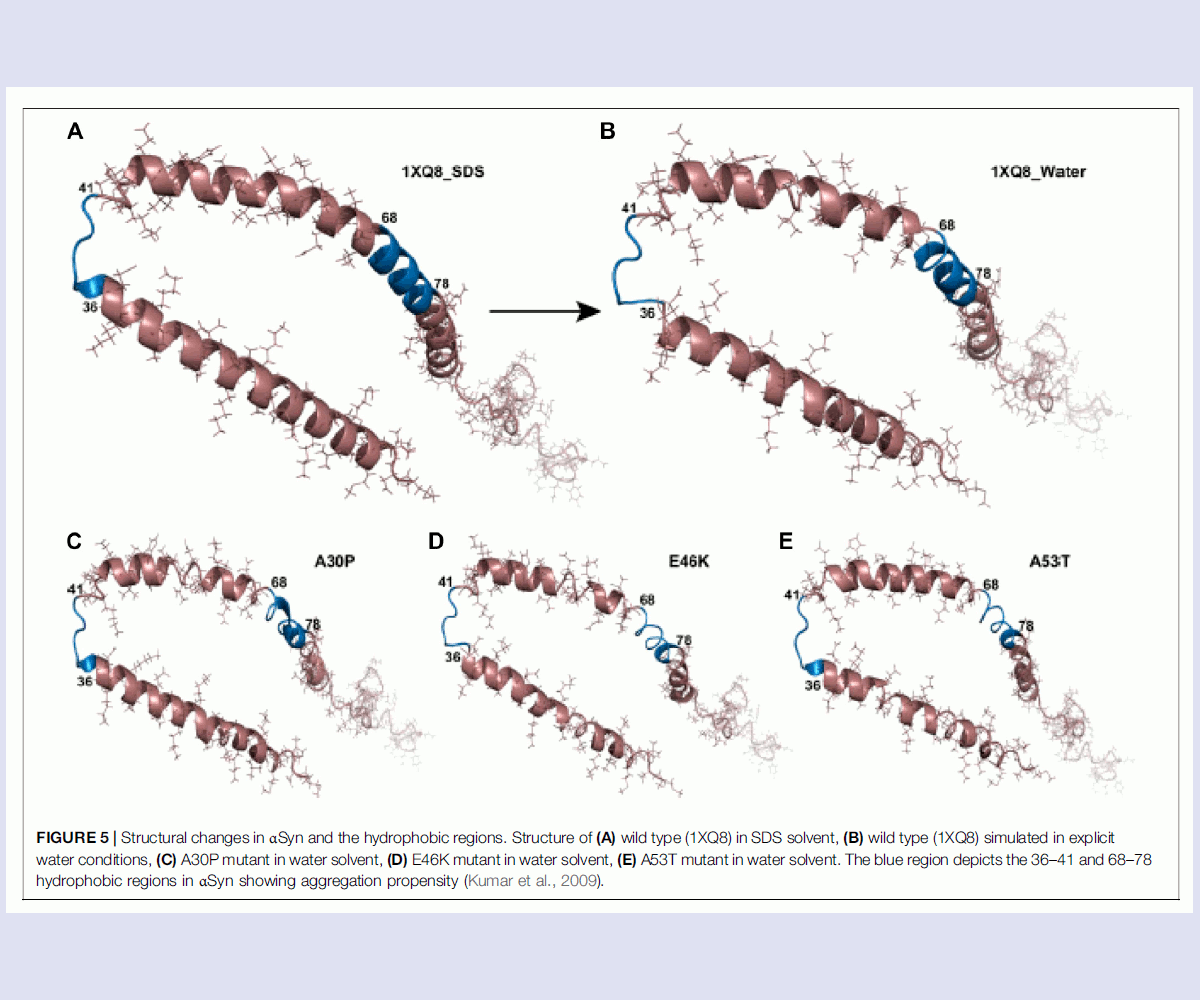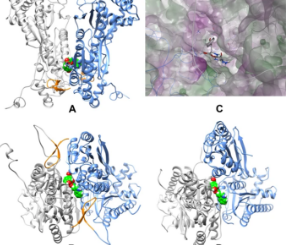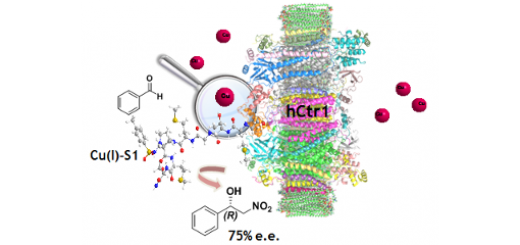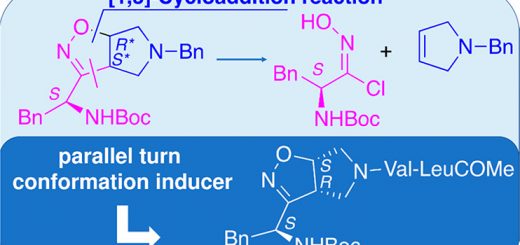α-Synuclein: An All-Inclusive Trip Around its Structure, Influencing Factors and Applied Techniques

Alpha-synuclein (αSyn) is a highly expressed and conserved protein, typically found in the presynaptic terminals of neurons. Themisfolding and aggregation of αSyn into amyloid fibrils is a pathogenic hallmark of several neurodegenerative diseases called synucleinopathies, such as Parkinson’s disease. Since αSyn is an Intrinsically Disordered Protein, the characterization of its structure remains very challenging. Moreover, the mechanisms by which the structural conversion of monomeric αSyn into oligomers and finally into fibrils takes place is still far to be completely understood. Over the years, various studies have provided insights into the possible pathways that αSyn could follow to misfold and acquire oligomeric and fibrillar forms. In addition, it has been observed that αSyn structure can be influenced by different parameters, such as mutations in its sequence, the biological environment (e.g., lipids, endogenous small molecules and proteins), the interaction with exogenous compounds (e.g., drugs, diet components, heavy metals). Herein, we review the structural features of αSyn (wild-type and disease-mutated) that have been elucidated up
to present by both experimental and computational techniques in different environmental and biological conditions.We believe that this gathering of current knowledge will further facilitate studies on αSyn, helping the planning of future experiments on the interactions of this protein with targeting molecules especially taking into consideration the environmental conditions.








comments